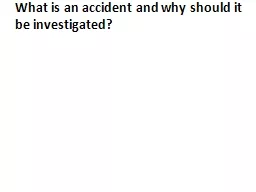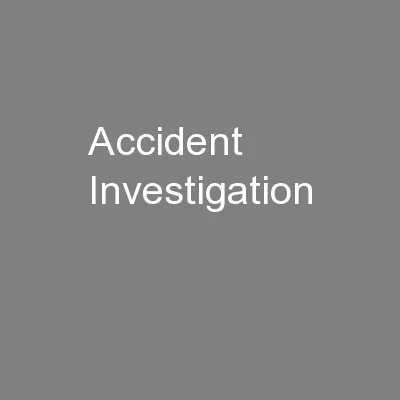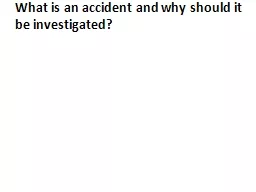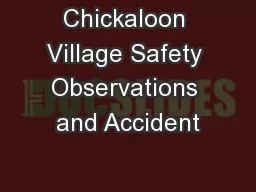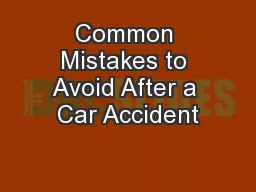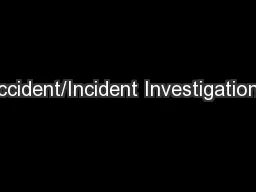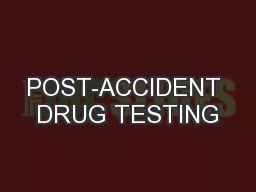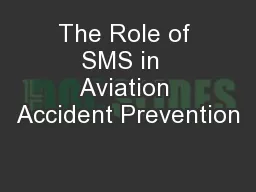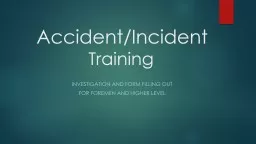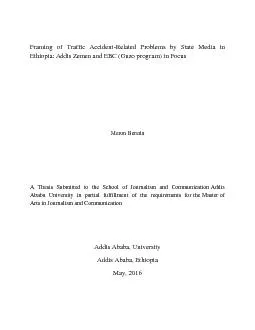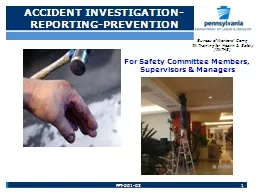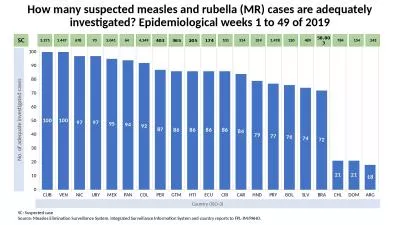PPT-What is an accident and why should it be investigated?
Author : lindy-dunigan | Published Date : 2017-05-09
Reasons to investigate a workplace accident include most importantly to find out the cause of accidents and to prevent similar accidents in the future to fulfill
Presentation Embed Code
Download Presentation
Download Presentation The PPT/PDF document "What is an accident and why should it be..." is the property of its rightful owner. Permission is granted to download and print the materials on this website for personal, non-commercial use only, and to display it on your personal computer provided you do not modify the materials and that you retain all copyright notices contained in the materials. By downloading content from our website, you accept the terms of this agreement.
What is an accident and why should it be investigated?: Transcript
Download Rules Of Document
"What is an accident and why should it be investigated?"The content belongs to its owner. You may download and print it for personal use, without modification, and keep all copyright notices. By downloading, you agree to these terms.
Related Documents

